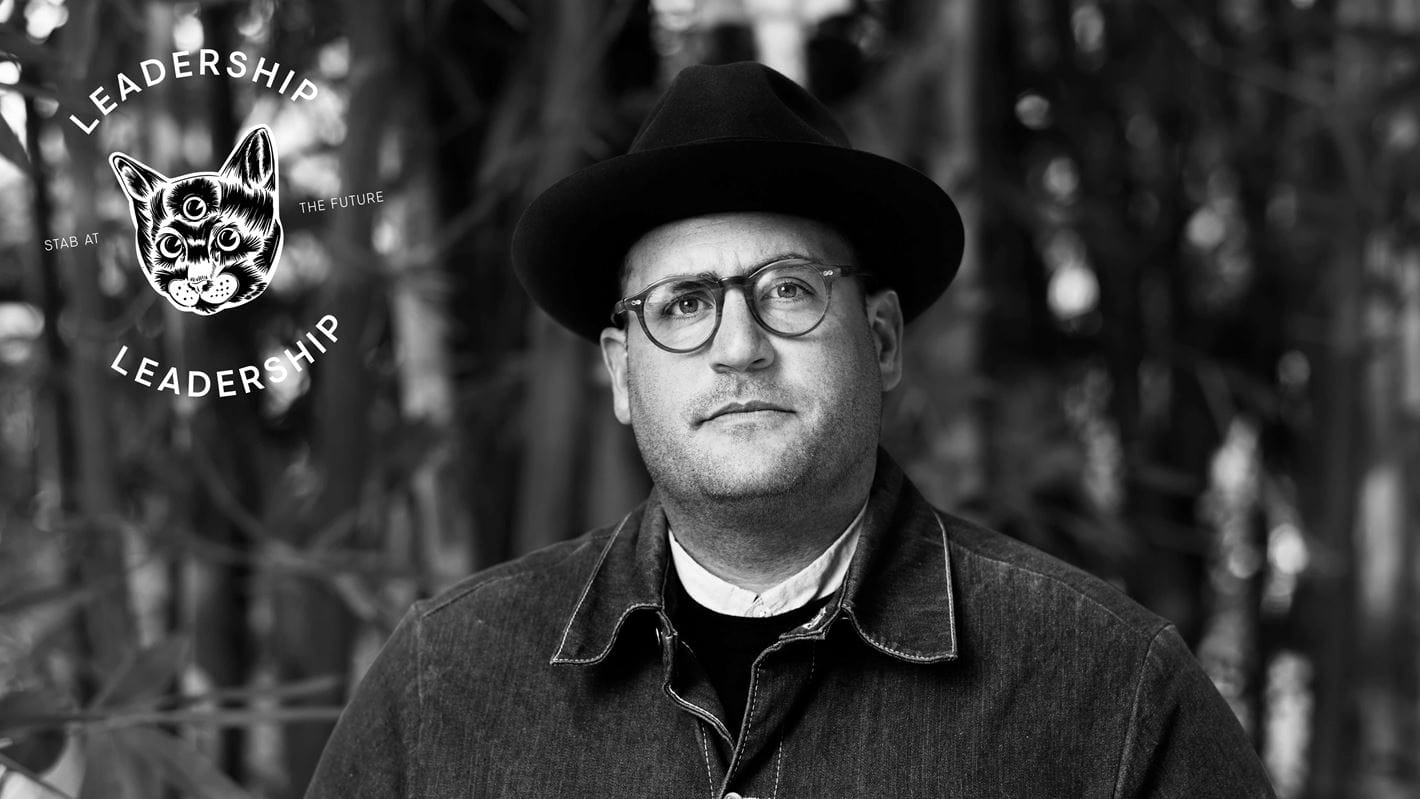Stab at the Future — Making way for compassionate leadership

Jared Stein is always at the forefront of leadership trends. One he’s been thinking about lately is empathy—it’s the buzzword du jour, and for good reason. But he sees a future where compassion overtakes empathy. Here he breaks down the difference.
When people talk about the future, I think about our future leaders. As the father of three young boys, I appreciate more than ever how important it is for the next generation to be engaged. From a leadership standpoint we often talk about empathy as a strong tool. But I question if there isn’t something more engaging and easier for us to collectively implement. So this leads to the question: How do we engage this next generation in being leaders? How do we arm them with the tools to be able to forge ahead?
To a greater extent than in the past, we now have a young cohort of Millennials and Gen Z within our workforce. While some might express disdain for this group, I’ve never felt more hopeful.
These are the groups of people leading the charge on protesting cuts to education, galvanizing a base to protest climate change and fighting for their future. They’re taking action. And the key to that, I think, isn’t so much empathy as it is compassion.
Don’t get me wrong, there’s a reason the word “empathy” is everywhere in the industry. Empathy is extremely powerful. It’s what allows us to make decisions based on the other rather than the self. The problem I have with it is twofold: First, empathy requires a tremendous amount of life experience. To really be able to put yourself in the shoes of someone else, you need to draw on a range of emotional and professional experiences not everyone has, and that might not be possible. Secondly, empathy doesn’t necessarily lead to action. I can be empathetic to a number of causes and still go about my day and do nothing about them. Compassion implies an active response, and being able to take action is really the first step towards leadership.
The notion of compassion stands out to me for its simplicity. As a parent I’m still in the throes of teaching my kids right from wrong. We spend a lot of time talking about empathy, and sympathy, but those can be complex ideas. To draw on your own life experience is hard when you’re 4, or 8 or 10 (did I mention I have 3 kids?)—or even 30. But the most important thing for me is to impart my kids with a moral compass that empowers them to act. Compassion is so straightforward: If I see somebody struggling, then I do something about it. It doesn’t require a lot of life skills to be able to understand that you can make a difference. And in a work environment, compassion makes a huge impact.
The first site of impact is in client relations. One of the core values at Sid Lee is radical collaboration, and that extends beyond the walls of our offices and sits at the heart of our client relationships. Traditionally, agencies will keep clients at arm’s length, removed from the creative process until they’re ready to present their work to them. The difference with Sid Lee is that our clients are part and parcel of that process. That requires compassion. You need to understand what this particular client needs and requires, what their challenges are, and I mean that on both a business and a personal level. My first question to them is always “How can we help make your goals a reality?”
The second thing compassion affects is the product. The simple truth is that you end up with more successful outputs when you have greater engagement from a greater number of inputs. Our clients aren’t mom-and-pop shops—they’re generally large-scale brands with complex webs of managers, executives and boards, and everyone needs to be brought along on the creative journey. What better way to ensure the success of an idea than to ensure that the people who have to turn around and share it within that organization feel invested in it and compelled to make it happen? And the only way to do that is to collaborate on a level that’s about hearing each other and coming together to create greatness.
And lastly, there’s the benefit of compassion within the workplace, which as a leader is probably nearest and dearest to my heart. It’s essential for employee attraction and retention. As an employee, if I don’t feel engaged, challenged and heard, I don’t know what I’m doing here. Everyone has a point of view and a perspective that matters. When we make employees understand that their voice can shape big, big ideas that can have a massive impact on economies and society as a whole, that’s when you have an engaged workforce. That’s when ideas flow and we start to self-actualize as radical collaborators.
In short, the future of leadership is about compassionate leadership. It’s about providing these future leaders with a “leadership compass” that’s easier to understand. Let’s empower them to see that the solutions to their clients’ challenges are more closely linked to making themselves available and approachable. I think it’s time to leave the days of the exec hiding in a corner office behind us—let’s be present and work shoulder-to-shoulder with people. That, for me, is the definition of compassion. We’re in this together. We’re all fighting the same fight.